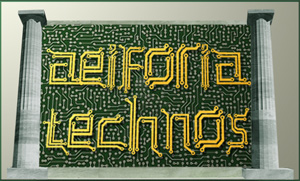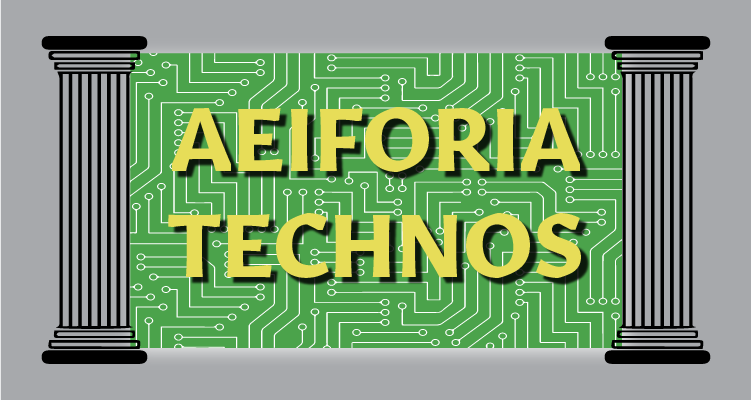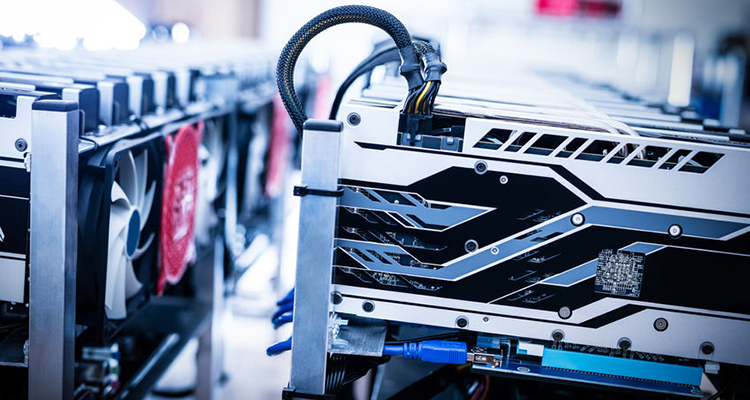The Biggest Loser (So to Speak)
By Raymond Kent
So you have decided to take on the noble task of helping your clients and customers achieve sustainability nirvana. You have worked tirelessly to train your staff and clients about all of the great devices and system strategies that are available to provide a realistic meaningful energy efficient, intelligent and sustainable solution. You have become an expert in a whole host of green building rating systems such as LEED and STEP; codes such as the International Green Construction Code or New York City’s Zone Green codes; and procurement and funding strategies such as grants and rebates. You are feeling really good about your contribution to the process. Congratulations!
Now how much do you practice what you preach? As a consultant I have had the opportunity to work with design and construction professionals who can talk the talk but have a hard time walking the walk when it comes to their own businesses and personal lifestyles. It is rather profundicating to me. I suggest that one of the best and easiest ways to sell your ability to provide meaningful, environmentally sound and sustainable solutions to your clients and customers is to show them what you do in your own business and life and be able to convey real world experience in how that has affected your company and yourself personally.
In the days of Facebook, Twitter, Angie’s List and a plethora of other social media avenues, a personal recommendation is still the best and least intensive way to convince others that what you are telling them is true and has benefit to them. Modern social media has certainly taken this to stratospheric heights as there are myriad places people can post their experiences about anything from a dentist to dining to a contractor. For example, as a trained degreed (MFA) theater professional that still designs professionally and teaches in the field, I am able to understand and offer up meaningful real-world experience because I live their challenges. So let’s look how you do with your own carbon footprint and what experience can you bring to the table to help your clients. Save money? Retain happier employees? Protect the environment? You would be surprised at one of the largest companies that are constantly learning, expanding and sharing this lesson — Wal-Mart.
Whatever disdain or enthusiasm you may have for this company and its impact on local mom and pops, they can and are offering a great opportunity and example here in partnership with the Clinton Foundation. Wally World has moved seriously to make its supply chain more sustainable as a good and profitable business model. They have also decided another avenue to work on was their own employees and their sustainability choices in their own lives. Now first and foremost I want to point out that the word “sustainability” in itself does not only include green efforts but in the true sense of the word means something continuing in perpetuity. So what has Walmart been up to and how does it impact their customers and their own?
In 2007 an associate pilot program started with some noticeable results. By the end of the first few years over 20,000 employees had quit smoking, they recycled 3,000,000 pounds of plastic and shed a collective 184,000 pounds from themselves. Wal-Mart saw this real opportunity to make a change for the better in a positive way for themselves, their families and to 200 million customers worldwide.
In 2010 the My Sustainability Plan (MSP) was created (formally know through the pilot program as Personal Sustainability Project) to better engage employees to advance their sustainability initiatives through a comprehensive guide. MSP is a true win-win for the associates and Wal-Mart as a whole by providing opportunity to the employees to feel valued, engaged and cared about giving rise to increased productivity and job satisfaction. The plan was created with the employees input as well as an outside consultant, BBMG.
Launching MSP in 2010, Wal-Mart engaged and urged employees in 28 countries to adopt goals in specific areas of concentration: living healthier (My Health), caring for the planet (My Planet) and getting the most out of life (My Life). An online space was created with a tracking component and a social networking side that allowed employees to see how they were succeeding or even to provide a little friendly competition using a goal oriented framework. To date over 50,000 Wal-Mart employees worldwide are signed up and participating. For Wal-Mart this provides them with real data that can then be translated into actual strategy to increase profitability, say a reduction in healthcare costs, to both Walmart and the employees as employees are eating better, losing weight and staying healthier. Employees get to keep more of their take home pay because they lowered their electric bills by switching to CLFs or LED lamps. This translates into that real world experience that can then be brought to the customers providing them with confidence that what they are buying means something and they can feel good about.
One of the best things about this program in particular is that Wal-Mart and the Clinton Foundation have made it royalty free and available to all. Many organizations such as UPS, J.B.Hunt, United Healthcare and others have taken advantage of this initiative including my own company. You may be tempted to say “But Wal-Mart is a huge company. What impact can my ten person firm make?” There really is only one way to find out. This particular program does not rely on how many employees you have to work and most can be tailored to suit your situation. So now I have given you an example of a great set of tools. There are probably many out there and hopefully you have some motivation to provide that personal experience you need to walk the walk as you talk the talk with your clients and customers.
The roadmap is easy as BBMG explains. Set the strategy by creating a vision statement giving works a good solid understanding of the resources and firms goals. The goals should be actionable and personal, but also measurable and achievable. Next build the buzz by using firm social media, e-newsletters or other corporate communication. Also, try inviting local nutritionists to speak at your firm about eating healthy or other guest speakers related to the goals. Make the goals voluntary and rewarding — competition with a juicy prize always helps. And lastly, measure the impact and use the programs successes to continue to garner support from your employees. Display this not only for your employees to see but your clients as well. You will be surprised at the positive results. Then next time you meet with that client you can be really speaking from experience beyond what you installed for your last client.
To find out more about what the Clinton Foundation and Wal-Mart are doing you can go to http://mysustainabilityplan.com
Raymond Kent is the Managing Principal of Sustainable Technologies Group, LLC specializing in technology systems for the performing and cultural arts, healthcare, Government, higher education and corporate markets. He is a co-author of the STEP rating system and serves as the chair of the Technology Task Force for the STEP Foundation. Raymond received the 2012 InfoComm Sustainable Technology Award and is involved with the Center for Sustainable Practice in the Arts. Reach him atrkent@sustaintech-llc.com





